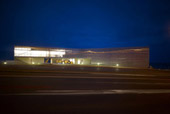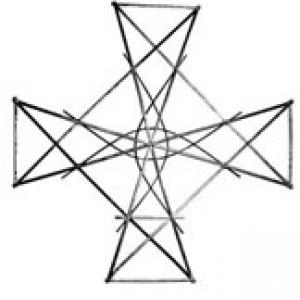
Glide: Design, Indeterminacy and the Specificity of the Contingent
There is a moment that paddlers and rowers all know, the pause between one stroke and the next, a kind of suspension of things when trajectory takes over from purposeful endeavour and the future belongs to the gods, or, to be more precise the designer of the hull. A good hull glides. A poor one does not. The glide exists also in other, even social forms. At the end of a good dinner party there is a similar moment, a sort of social version if you like, an unspoken understanding that the party is over even if it is not quite ended, time to move on. We recognise that we know these moments most intensely in the awkward presence of those that have not yet understood that it is time to leave. The occupation of such moments is critical, how to move from one purpose to the next, to move between purpose, without disturbing the glide from one place to another, to have a good hull. Architecture passed through the end of the last century, leaving behind it a splash of empty isms, and entered this one in a glide. Our digitally enhanced and technologically advanced cultures suspended. Not frozen but caught in a trajectory, a propelling forward, a movement beyond some edge. We’ve entered a new space, one that is not yet a place that we recognise. How is it possible to design as gliders of our indeterminate condition? In the second year of this century the architectural practice Terroir completed their first significant commission Peppermint Bay, a restaurant project set in a stunning estuarine landscape on the south eastern cost of the Australian island Tasmania that hangs on the extreme southern edge of the globe. This year, the practice completed a paper maker’s gallery on the northern coastline of the same island in a town called Burnie. In between these two projects the three practice directors – Gerard Reinmuth, Scott Balmforth and Richard Blythe – undertook practice-based design research higher degrees that drove key developments in the way these designers grappled with their practice. This paper will chart the design journey from one project to the other exploring how a new practice discovered a way of working as gliders of our digitally enhanced globally challenged condition.




